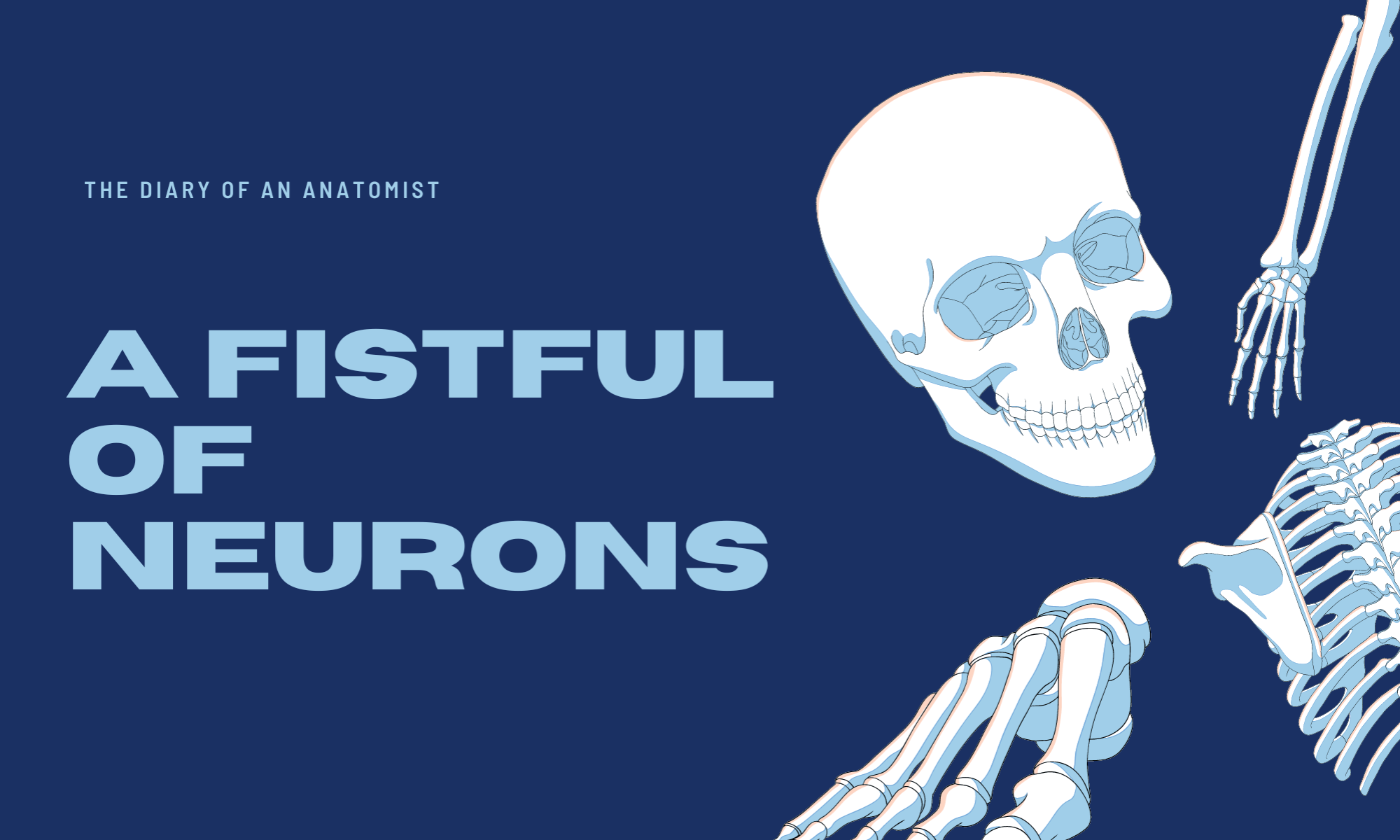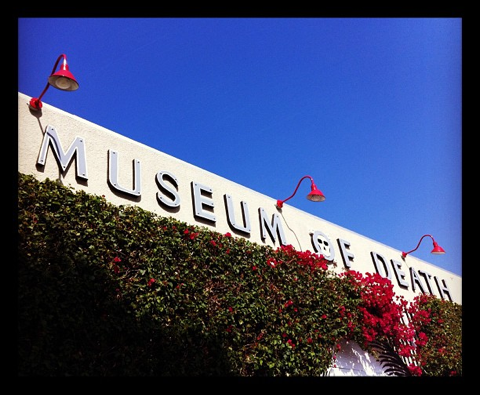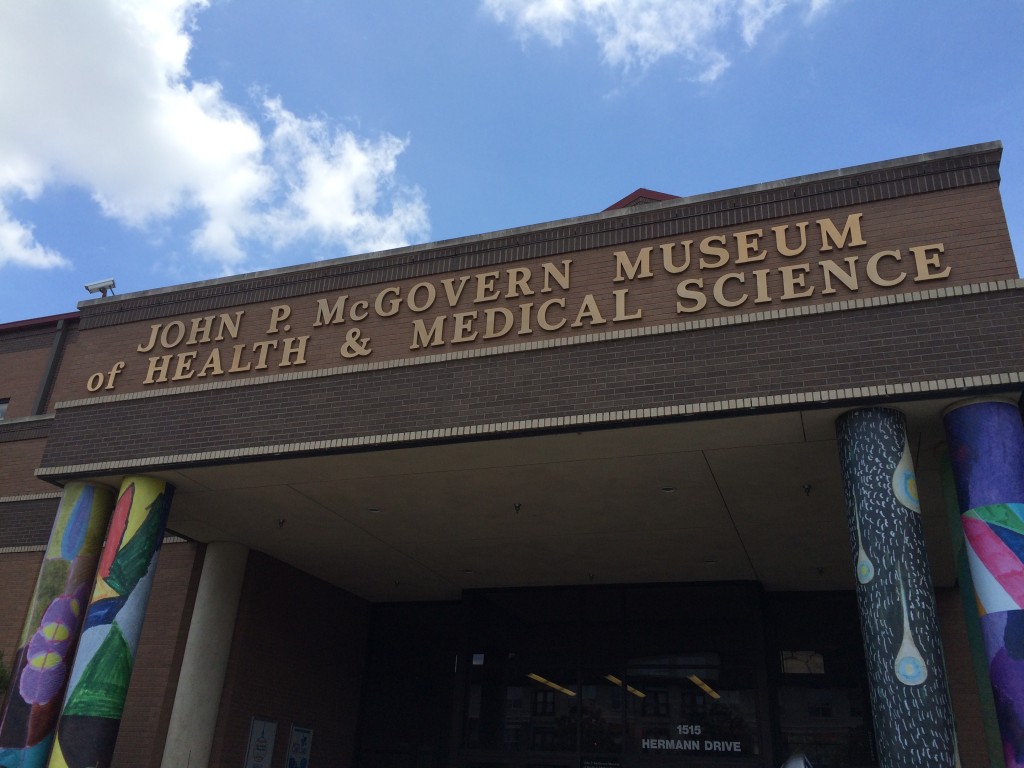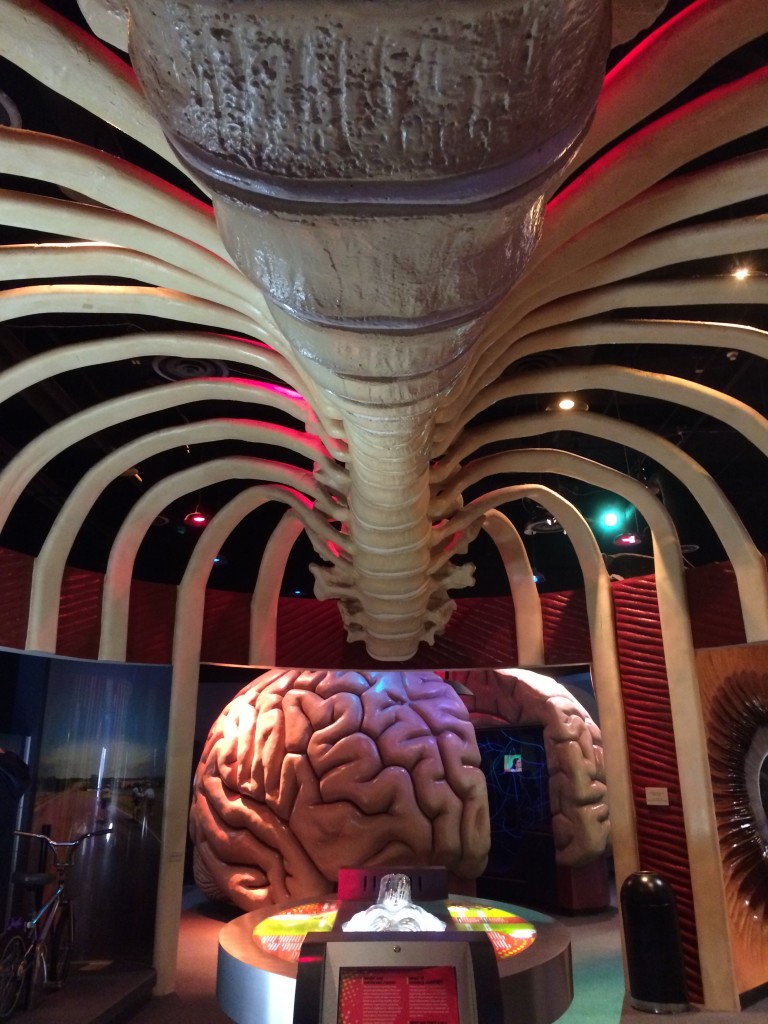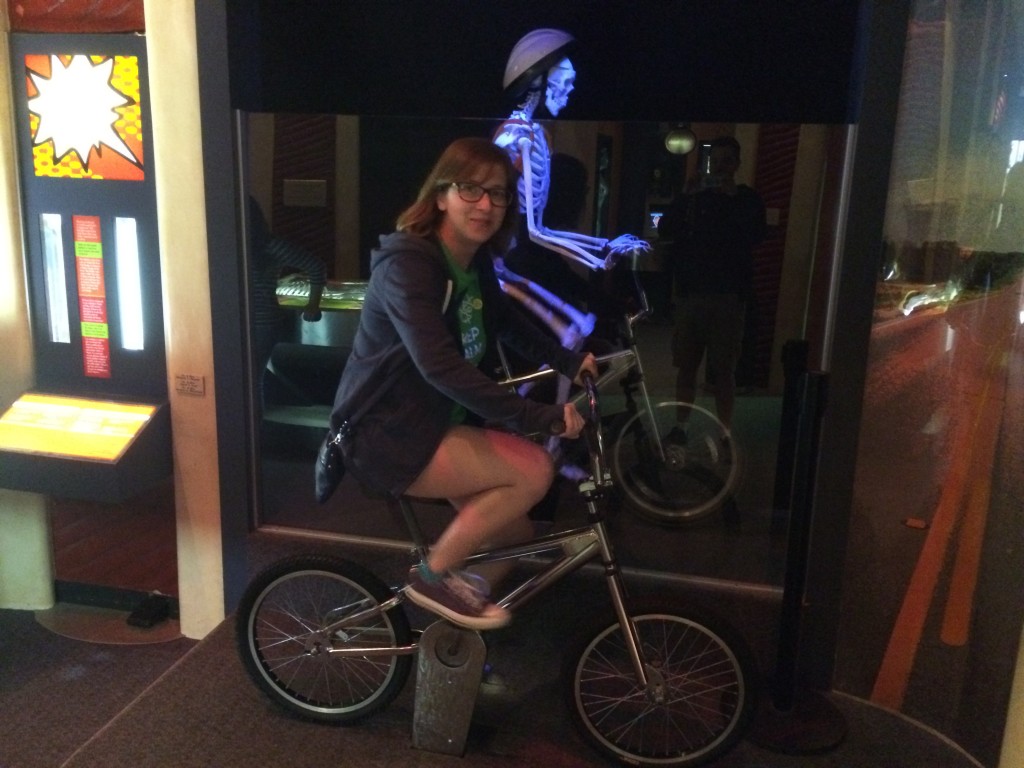This post originally appeared on my old blog, Bottle Up the Crazy, in 2011.
____________________________________
“Death is very likely the single best invention of life.” – Steve Jobs
Would it be strange to say that one of my favorite places in Los Angeles is the Museum of Death in Hollywood? Probably. Its location makes it seem like a tourist destination, much like a wax museum or a “house of freaks,” but I can assure you that it is anything but a novelty venue. Instead of focusing on shock value, co-founders Cathee Shultz and James Healy aim to educate visitors about the history and reality of death.
I still remember the small poster that hung on the wall at my first cadaver lab: “Mortui Vivos Docent,” or “Let the dead teach the living.” While I would argue that I have an inquisitive mind when it comes to mortality, others would say that it is more of a morbid curiosity. Since I was young I have always had a fascination with death. It is not so much the removal of a person from this world that intrigues me, but rather what their body can teach us.
I’ll dive into my fondness for anatomy and physiology another time, however. The Museum of Death provides a unique experience (don’t let the giant skull outside fool you). Yes, the pictures are graphic, but if you can sit through all 30 Saw movies, you will have no problem making it through the museum.
You start in the serial killer room, which features newspaper clippings, art, and letters from various famed killers. Most of it is tacked up on the wall because the owners are constantly adding and changing the display as new items come in. The most interesting part was learning that both founders have reached out to various serial killers, including John Wayne Gacy and Charles Manson. If you have ever read the book “The Last Victim” by Jason Moss, you will understand why this is such a big deal.
The next rooms walk you through the history of the death penalty and the funeral process. The museum has a collection of matchbooks and fans from various funeral homes, including those with the most unfortunate names – Butcher Family Funeral Home, really? If you can stomach it, there is a video playing that describes the embalming process. It looks like one of those awful educational movies you would watch in grade school. From there you can look at a small collection of caskets, or you can go to what I guess to be the most popular room, the Tate-LaBianca room – or better known as the Charles Manson room.
Having just finished reading “Helter Skelter,” this room was the most interesting to me. It was also the most disturbing. It features photos from the crime scene and a tape of documentaries about the murders. The disturbing part was not the graphic images; however, it was my lack of a reaction to seeing them. I have done a remarkable job (and I don’t mean this in a pat-me-on-the-back kind of way) of detaching myself from death. Working in cadaver labs has helped me to develop a thick skin, but I also think that I have been desensitized thanks to movies and the news.
There are a few other really interesting rooms, but I’ll let you discover those for yourself. On my way out I stopped to talk with Cathee for a little while. I was curious about what motivated her to create the museum. We geeked out a bit over our shared love of anatomy and mortality and I wish that I had discovered this place sooner. After walking through the entire museum, I thought it was really cool that she reminded visitors to go live life as they left. The museum doesn’t exist to mock or make light of such a heavy topic, but rather it acts as a reminder to respect, appreciate, and enjoy life.
So next time someone cuts you off in traffic or gets your order wrong at Starbucks, add some perspective and let it go. And if that doesn’t work, re-read that Steve Jobs quote up there. If he can make you buy the same thing over and over again by slapping an “i” on it, then surely he can convince you to expand your horizons*.
* Don’t huff and puff; I am guilty of buying everything with an “i” on it, too.
